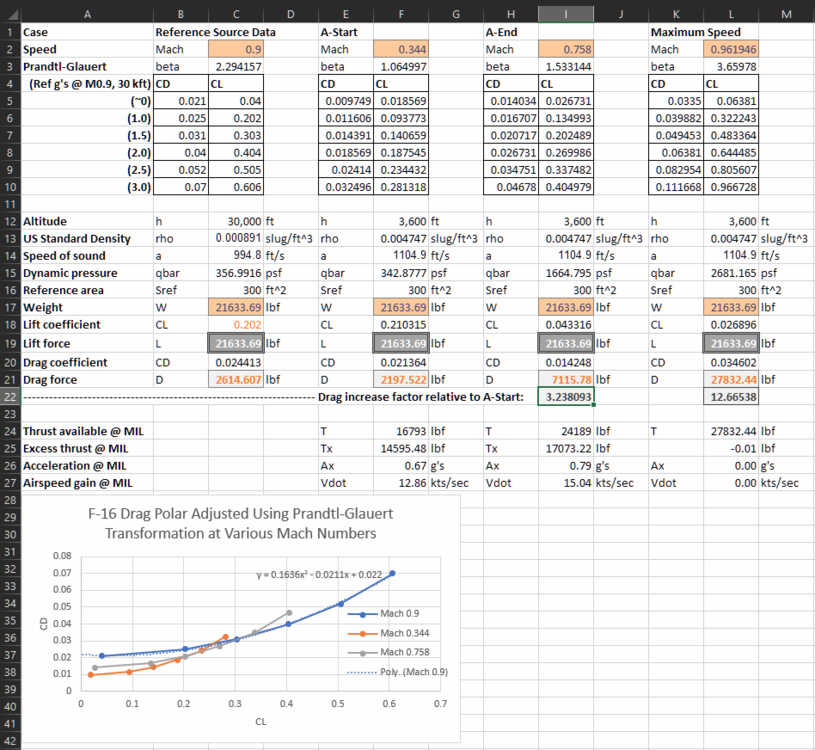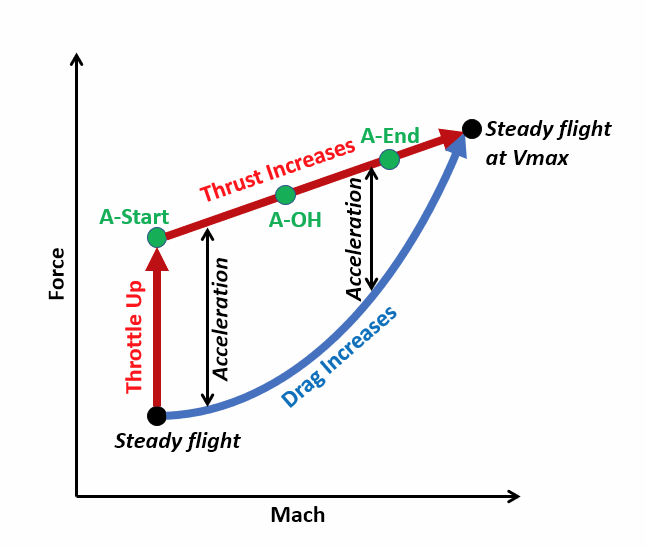-
Posts
1385 -
Joined
-
Last visited
Content Type
Profiles
Forums
Events
Everything posted by Machalot
-
If you are dong AUTO handoff, TGP remains SOI. If you are doing MAN handoff, you have to SOI over to MAV and complete the lock with TMS Up.
-
Glad you figured it out. That's what I was trying to tell you several comments ago on page 3. TERNAV only works if there is actual terrain to measure.
-
Are you sure you have mapped the primary roll trim and not the backup roll trim?
-
What kind of key mapping are you using for trim? Is it a button, an axis, or a switch?
-
It's also highly dependent on how straight you roll down the runway or how accurately you fix the reference azimuth after lining up.
-
How do the waypoints you designate in SPA behave when you do radar fixes on them? Do they provide nav updates like B points or do they reassign the target point like M points?
-
That's the best explanation of infernal navigation I've ever heard!
-
TIL: People who use autostart are like children. People who do the full manual startup don't have children.
-
You could also try the F-5 or the Viggen.
-
Are you flying over hilly terrain? I rarely have trouble getting status 5 in the Caucasus by flying over a few hills.
-

f16 hardly visible floodlighting and hardly visible MFD's
Machalot replied to DoctorVixen's topic in DCS: F-16C Viper
For me, the indexers are completely off if I start in the dark. -
Have you tried rearming with no tanks and 100% internal fuel, then rearming again to add the tanks?
-
Yes, but having to align an INS has nothing to do with the presence or absence of GPS. GPS is a source of position and time while INS alignment (aka gyrocompassing) finds the attitude by measuring Earth rotation. So by the OP's issue with timing mismatch, does that mean the default is manual?
-
I wonder why the Viper can't use GPS time.
-
Is this a historical aircraft or a user fantasy?
-
Ha, yep, too much time and effort. But I became an engineer because I enjoy this kind of stuff! Just as a point of interest, my very approximate methods in the spreadsheet predict a top speed at MIL of Mach 0.92, but in a test in DCS I was able to reach Mach 0.97. This is probably because the Prandtl-Glauert rule tends to over-predict drag very near Mach 1. I also used the US Standard Atmosphere while DCS uses the International Standard Atmosphere. Not sure whether that makes it predict faster or slower. UPDATE: Corrected an error in the Mach transformation formulas for the lift and drag cofficients, and now the predicted max speed at MIL is Mach 0.96, while DCS gives a max speed of Mach 0.97. Pretty good for a back-of-the-envelope calculation!
-
Let's back this up with some actual numbers. I started with this chart: threw in some basic flight mechanics and a dash of Prandlt-Glauert, and turned it into this spreadsheet: (UPDATED) UPDATE: Found an error in the Mach number transformations. Updated the figure and text with a corrected spreadsheet. Note the highlighted cell (I22). There is more than 3 times as much drag at A-End at Mach 0.758 than at A-Start at Mach 0.344. This is why acceleration tapers off even though thrust is increasing. I would be happy to provide the spreadsheet if you want to check my work or play around with it.
-
Could be vestigial buttons. The F-16 also has a nonfunctional switch for Datalink power. The F-16 DL is controlled by the MIDS knob.
-
What does it assume for altitude, power, and speed to calculate predicted fuel remaining?
-
I think you have the causality backward. The fan is spun by the low pressure turbine, which is driven by exhaust from the core. The only way the low pressure turbine spins faster is if the core is producing more power, which is caused in this case by increased air mass flow rate. The air mass flow rate is primarily driven by airspeed, not by N1. N1 goes up as a downstream effect of increased airspeed. This is an assertion which you have provided no data or physics to support. On the contrary, the expected trend of acceleration is to initially rise after advancing the throttle, but then to decrease and eventually vanish as drag rises to match thrust. The airspeed should increase and gradually level off at Vmax. Stepping through the process: In steady level flight, drag equals thrust. When you push the throttle, thrust exceeds drag and the jet accelerates. As airspeed increases, both drag and thrust increase, but drag goes up much faster than thrust. For example, in test condition A from the NASA paper, as Mach goes from 0.344 to 0.758, gross thrust goes from 16,793 lb to 24,189 lb, which is a factor of 1.44 increase. Meanwhile, dynamic pressure increases by a factor of nearly 5, driving drag up proportionally. There's some reduction in the induced drag coefficient because less angle of attack is needed at higher speed, but overall drag should still be higher. Here's a qualitative picture of what's happening with thrust (red) and drag (blue). The vertical gap between the red and blue curves is net positive axial force (thrust minus drag), which gives acceleration. The gap shrinks as Mach increases, and acceleration tapers off. Once they converge, acceleration is zero and the aircraft reaches its maximum airspeed.
-
For a jet engine, the conventional definition is Power = Thrust x Airspeed
-
I feel like you're not reading any of my posts.
-
I haven't flown this mission but now I'm curious. It sounds like you have to know those JTAC laser codes in advance. Are they written somewhere?
-
Ok. Is that what is normally meant by unload? I always thought it meant go to zero lift (by flying 0g) to minimize induced drag and get better acceleration.
-
When you unload at 25kft, do you maintain 0g until M1.4?





